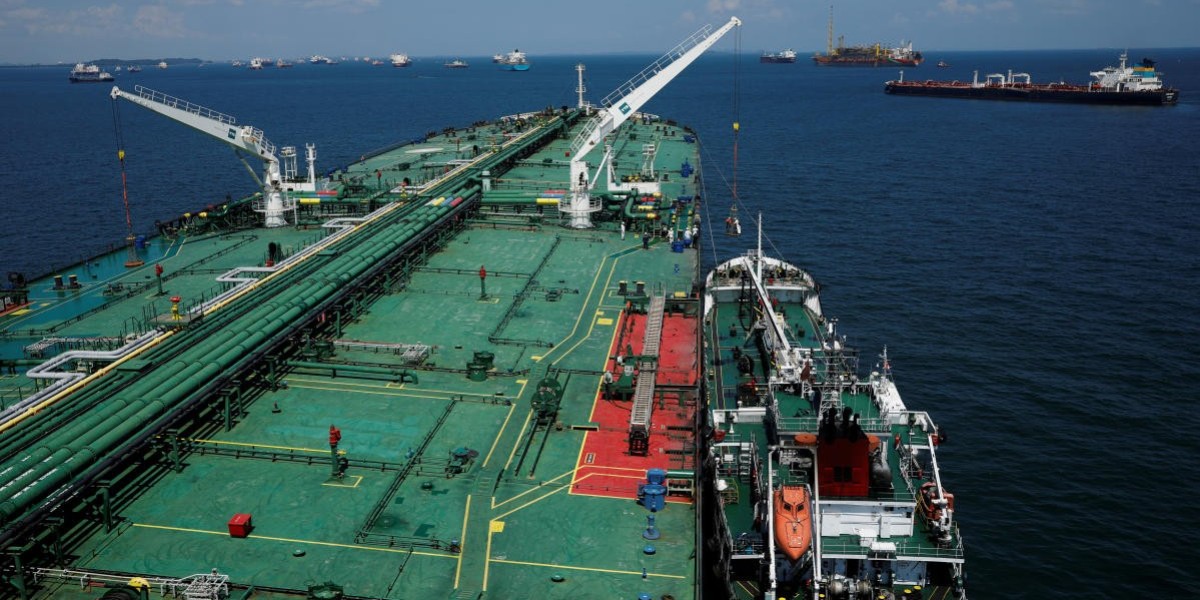The bunker fuel market, essential for maritime transportation, has experienced notable fluctuations over the past few years. This market, which involves the supply and sale of fuel for ships, plays a crucial role in global trade, providing the energy needed for vessels to traverse the world’s oceans. However, despite the growing demand for bunker fuel, several factors act as significant constraints to the market’s growth and expansion. Understanding these restraints is essential for stakeholders aiming to navigate the challenges of the industry.
Regulatory Pressures and Environmental Standards
One of the most significant challenges facing the bunker fuel market today is the increasing pressure from regulatory bodies on environmental standards. Global organizations, particularly the International Maritime Organization (IMO), have introduced stringent regulations aimed at reducing the environmental impact of shipping. The IMO’s 2020 sulfur cap, which limits the sulfur content of marine fuel to 0.5%, is one such example. Compliance with these regulations often forces shipping companies to invest in cleaner, more expensive fuel alternatives or adopt technologies like scrubbers to remove sulfur emissions.
While these regulations are essential for protecting the environment, they have created a ripple effect on the bunker fuel market. The increased demand for low-sulfur fuels has led to a surge in prices, and the transition to these fuels has placed a financial burden on shipowners and operators. Moreover, maintaining compliance with ever-tightening regulations requires continuous investment in technology and infrastructure, further limiting profitability within the industry. As governments around the world continue to push for greater environmental responsibility, bunker fuel providers must adapt to a landscape where compliance costs continue to rise.
Volatility in Crude Oil Prices
The price of crude oil is a critical determinant in the cost structure of bunker fuel. As bunker fuel is derived from crude oil, any volatility in the global oil markets directly impacts bunker fuel prices. Oil price fluctuations are often caused by geopolitical tensions, supply-demand imbalances, and natural disasters. For example, oil price instability due to conflicts in key oil-producing regions or economic slowdowns can lead to unpredictable shifts in bunker fuel pricing.
Shipping companies are particularly vulnerable to these price swings, as they must often purchase fuel months in advance. The unpredictability of crude oil prices makes it difficult for these companies to manage operational costs effectively, particularly for those operating on tight margins. While the global bunker fuel market is large, its sensitivity to crude oil prices limits its growth potential, as companies must constantly adjust their strategies to navigate this volatility.
Limited Supply of Alternative Fuels
The bunker fuel market is undergoing a shift as industry players seek to meet increasing environmental demands and diversify fuel sources. While there is a growing interest in alternative fuels such as LNG (liquefied natural gas), biofuels, and hydrogen, their availability and adoption remain constrained. The lack of infrastructure to support these alternative fuels, coupled with their higher costs compared to traditional marine fuels, poses a significant barrier to widespread adoption.
For example, LNG is often cited as one of the most viable alternatives to conventional bunker fuels. However, the infrastructure for LNG bunkering is still underdeveloped, particularly in remote or lesser-traveled shipping routes. Similarly, the production of biofuels and hydrogen in quantities large enough to serve the global shipping fleet remains a challenge. While many companies are investing in research and development to create more sustainable fuel options, the reality is that these alternatives have yet to be widely adopted at the scale necessary to transform the bunker fuel market. As such, shipping companies are often stuck relying on traditional fuels, limiting their ability to reduce emissions and adopt greener practices.
Operational and Technological Barriers
The transition to cleaner and more sustainable fuels requires significant changes in the operations and technology used by shipping companies. For instance, the shift towards low-sulfur fuels or LNG often demands costly retrofitting of ships’ engines and fuel systems. Additionally, these fuels can have different combustion characteristics, requiring specialized training and adjustments in vessel operations. The complexity of adopting new fuel types means that many companies face operational inefficiencies and higher upfront costs, which act as deterrents to change.
Shipping companies must also invest in advanced technologies like scrubbers and exhaust gas cleaning systems to comply with environmental regulations. These technologies come with a hefty price tag and ongoing maintenance costs, which can be a heavy financial burden for smaller players in the market. For many shipping operators, the combination of regulatory compliance costs, technological investments, and operational challenges proves to be a substantial barrier to entry into the sustainable fuel space.



